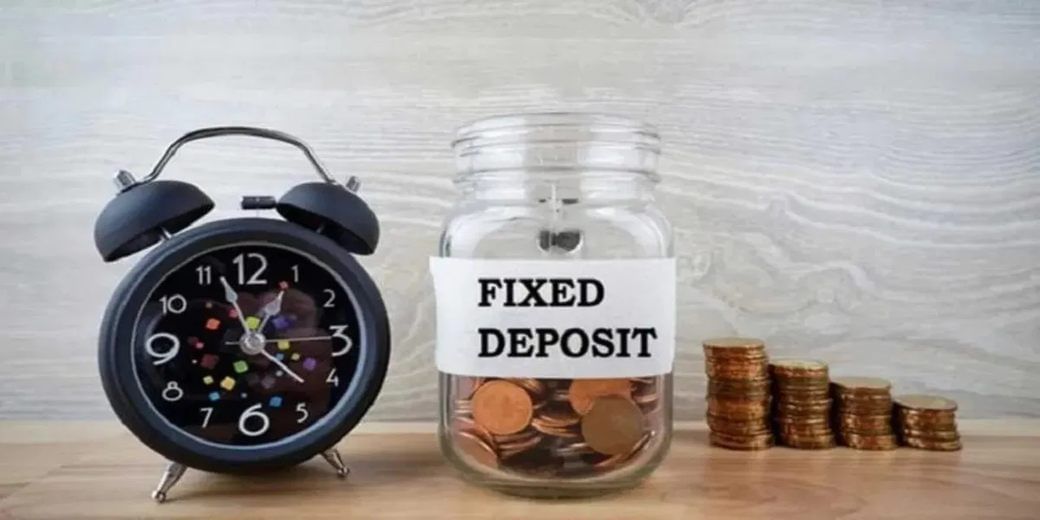Long term FDs may not meet target
The inflation rate is currently at the level of 7 percent. In such a situation, the return on FD is not effective in beating inflation.

Brijlal, a supervisor at a private company in Ludhiana, wants to make his daughter an engineer. His daughter is currently in second grade. So, she will do B.Tech after 10 years. The cost of four years of B.Tech course is currently around 10 lakh rupees. Therefore, Brijlal has opened an FD of 10 lakh rupees in the bank. Now he is not worried about the cost of fees of course. But, his decision is not correct. It is difficult for Brijlal to achieve his goal with this investment. Money should not be deposited in the bank for a long period. Why? Let’s find out
Actually, the return on bank FD is not effective in beating inflation. If you fall within the tax bracket, this return will be even lower.
The FD that Brijlal has made has an annual interest of 6.5 percent. So, he will get a total of 19.05 lakh rupees on maturity after 10 years. This includes an interest income of 9.05 lakh rupees. Brijlal falls in the 30 percent tax slab. So, about 2.75 lakh rupees will go into tax. So, only 16.30 lakh rupees will be left. After paying tax, Brijlal’s net return will be only about 5 percent. The inflation rate is currently at the level of 7 percent. In such a situation, the return on FD is not effective in beating inflation.
On the other hand, the cost of education is increasing at a rate of 10 percent. If the cost of four years of B.Tech course is currently 10 lakh rupees, then it will increase to 26.85 rupees after 10 years. In this way, due to one mistake, Brijlal will not be able to reach his goal. To fulfil his daughter’s dream, he will have to collect another 10 lakh rupees. Now the question is where should he invest if there is a long-term perspective?
Certified Financial Planner Jitendra Solanki says that there is no wisdom in investing money in long-term FDs. It is difficult to achieve long-term goals with the return on this investment. If the investment perspective is more than five years, then equity mutual funds are a good option for investment. In the long run, you can expect an annual return of 12 percent on this investment. This will make it easier to achieve the goal.
What are the options in equity?
There are many schemes related to equity mutual funds that have given a return of 16 to 18 percent in the last 10 years. If Brijlal invests 10 lakh rupees in an equity mutual fund now. Assuming an annual return of 12 percent, a fund of 32.62 lakh rupees can be accummulated after 10 years. This includes a profit of 22.62 lakh rupees. If we talk about tax, then tax is applicable at the rate of 10 percent on long term capital gain. This way, even after paying a tax of 2.26 lakh rupees, Brijlal will have 30.36 lakh rupees left. With this amount, the dream of daughter’s education will be fulfilled.
If you are investing for a long term, then do not make a mistake like Brijlal. Return wise and tax-wise, FD investment is not a good option. Investing in equity mutual funds will be beneficial in the long run. If there is a large amount, do not invest lump sum. Systematic Transfer Plan i.e. STP is a good option for this. With this, you can get better returns at lower risk. If you do not have good knowledge about mutual funds, then, you can take the advice of a registered investment advisor.